Talk is cheap. Reality is expensive. Really, really expensive. A new 500kV substation costs around $50M to build. Even looping MARL (or another new line) through an existing substation in your county costs about $20M. Who do you think is going to pay for that? If there's no actual NEED for a new substation, your county or district is going to pay for that. All of a sudden, it doesn't sound like such a bargain, does it? After all, your county doesn't have $50M to invest in speculative infrastructure to attract new businesses, does it?
All those promises about NextEra "dropping a substation" in your county or district are likely not only false promises, they are actually ludicrous to anyone who knows anything about how transmission is planned and built. Don't parade your lack of knowledge around like a blinking beacon. It's time to look your gift horse in the mouth. It's just not happening.
Here's the reality about how transmission lines (and substations connected to them) are planned. In the case of the MARL 500kV transmission project, the NEED came from increased load requests in the Dominion Power zone in Northern Virginia. Dominion could not serve all the requests it had received to hook up new data center proposals in its service territory. Dominion's load forecast is made up of actual requests from customers, not speculative requests from politicians or local county planners. Only electric companies that serve actual customers can add new service requests that become part of the electric company's load forecast at PJM. If there is no actual customer or NEED for new service, it doesn't go into the load forecast and it doesn't get to PJM.
Those new service requests at Dominion got added to Dominion's load forecast that was sent to PJM. In response, PJM opened a new proposal window to serve that need using the transmission system. MARL was one of the proposals that is purposed to provide 7,500MW of new electricity imports from coal-fired plants in northern West Virginia. Dominion and its future data center customers are counting on that new extension cord to build. Those customer requests were made several years ago and cannot be connected until the transmission line is built. Customers in Northern Virginia can expect to wait up to seven years to get service (if the project is built on time).
If a new data center wants to locate in Hampshire County, West Virginia, it would first make a new service request to the local electricity provider, Potomac Edison. Potomac Edison would make a determination if it could serve the new customer using the existing system. If not, Potomac Edison would add the new request to its load forecast that feeds up to PJM for transmission solutions. However, that new service request would become part of a new planning window, it would not simply "jump the line" to take service away from customers waiting for service in Northern Virginia.
However, if there is no customer in Hampshire, and no new service request for Potomac Edison to serve, Potomac Edison would not add speculative load to its forecast. The utilities only build the service we actually need. They don't overbuild their systems based on speculation or political promises. That's because new transmission and substations are paid for by ALL Potomac Edison customers, and for lines (and substations) 500kV and above, the costs are actually allocated to all consumers in PJM's 13-state region. Utilities can only charge ratepayers for infrastructure that is used and useful to them. It cannot charge ratepayers for speculative projects that don't even have a user.
So, where did NextEra's substation promises come from? Most likely from lobbyists... those sweet talkers who will promise elected officials anything they want to hear in exchange for getting what the company wants.
MARL was originally planned to begin at the 502 Junction substation in Greene Co., Pennsylvania. It was an unbroken "fly over" transmission line until it reached Frederick County, Virginia, more than 100 miles to the southeast. There, MARL would build a new 500kV substation to connect MARL with the existing 500kV transmission line called Bismark-Doubs. That new substation has been named Woodside. From Woodside, both the existing Bismark-Doubs and the new 500kV MARL line will continue east another 60 miles or so until they connect with an existing 500kV substation in Loudoun County's "data center alley" called Goose Creek.
But, since the Black Oak connection worked so well to snow Allegany County elected officials that they were "getting something" in exchange for hosting the transmission line, perhaps NextEra simply couldn't resist using the same tactic on other elected officials in other impacted communities? Next thing you know, everyone gets a substation! And they're just going to "drop" out of the sky, like magic... free magic! Do these elected officials think that NextEra is paying for all these free, unneeded substations? Sorry, NextEra has a hard cost cap on the MARL project. Any freebies they give away are coming out of NextEra's profits. Also, an unneeded substation is unlikely to be permitted by state regulators. PJM would have to testify that such a substation is NEEDED and, as as explained above, there is no NEED. As well, NextEra doesn't serve any end use customers in West Virginia and never will. Any new service request would be made to Potomac Edison.
In fact, when I asked PJM's planners about the possibility of a substation being "dropped" in Hampshire County (or any other county on MARL's route) I was told that there's currently no plan to do that. In fact, PJM said that any new customers in those counties would have to make a request to the local electricity provider (Potomac Edison) before anything was planned. Now go back where we started and read again about how new transmission and substations are planned to serve new customers.
There are currently NO PLANS for new substations to be "dropped" along MARL's route. Anyone who believes that had best check their facts.
A new substation is not any more likely than the promises of millions of dollars of new property tax revenue and jobs, jobs, jobs. It's just not happening. Oprah can give away cars, but NextEra cannot give away substations. Don't look like a fool.
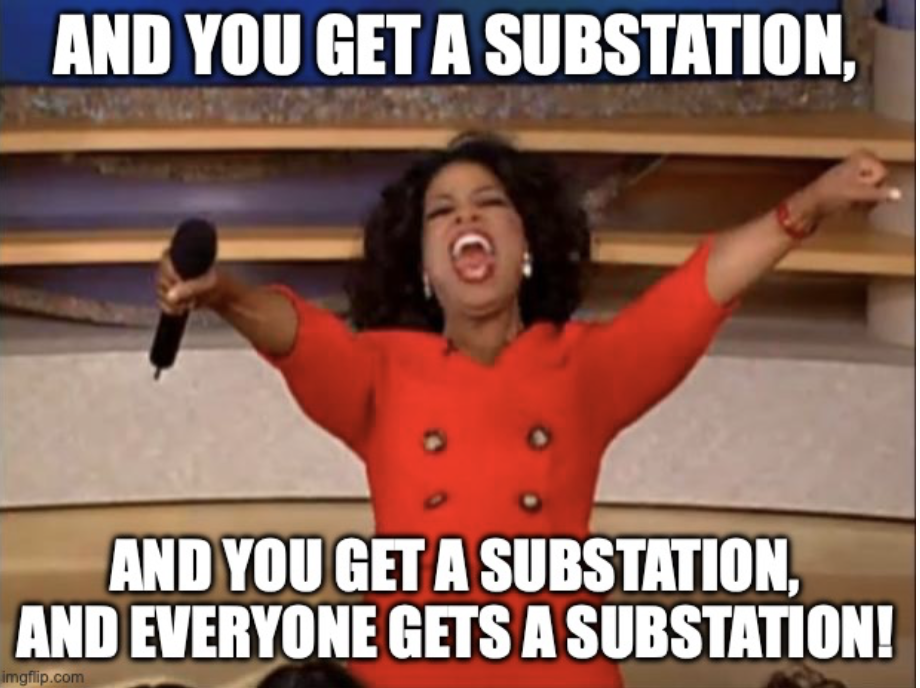
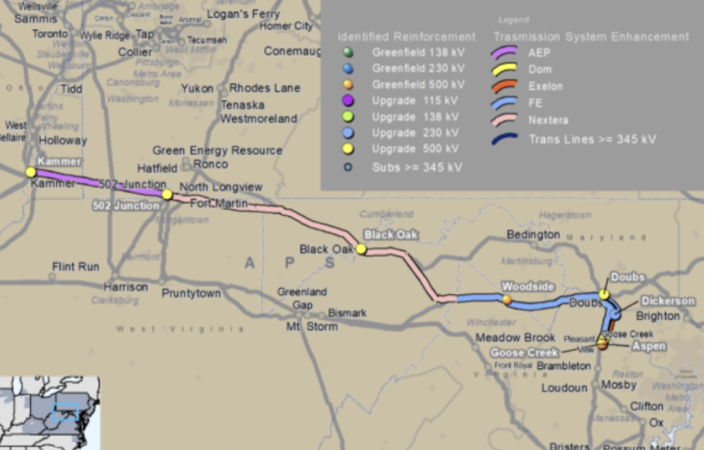
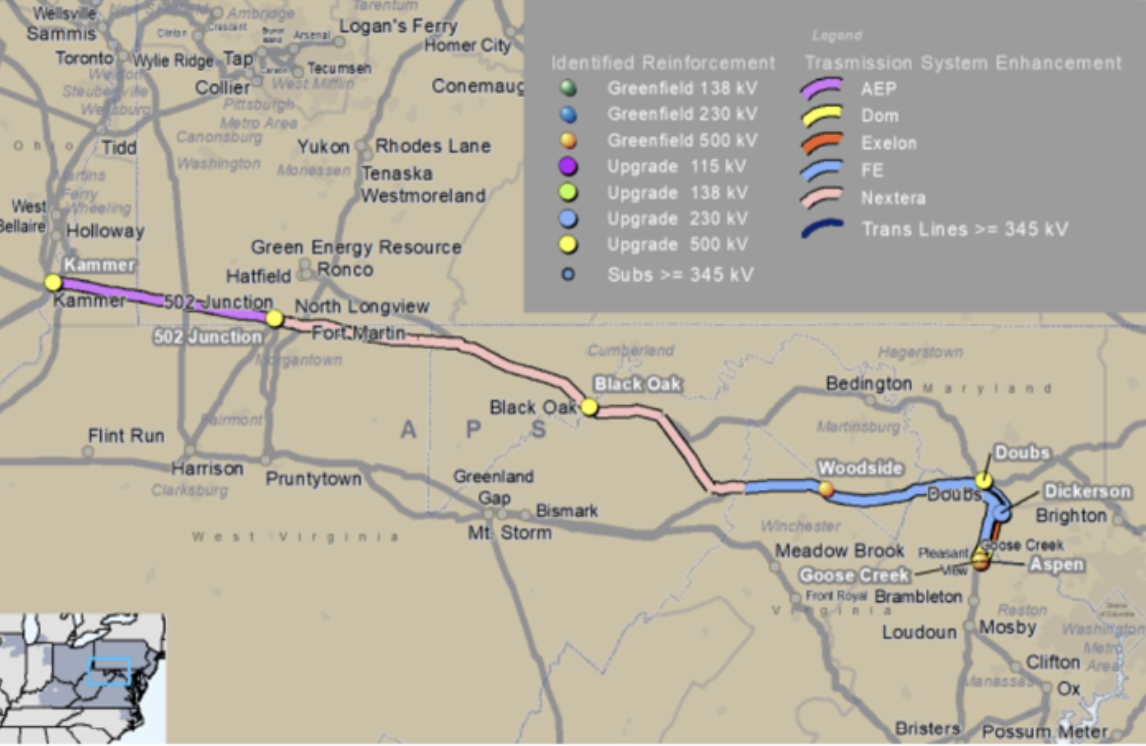

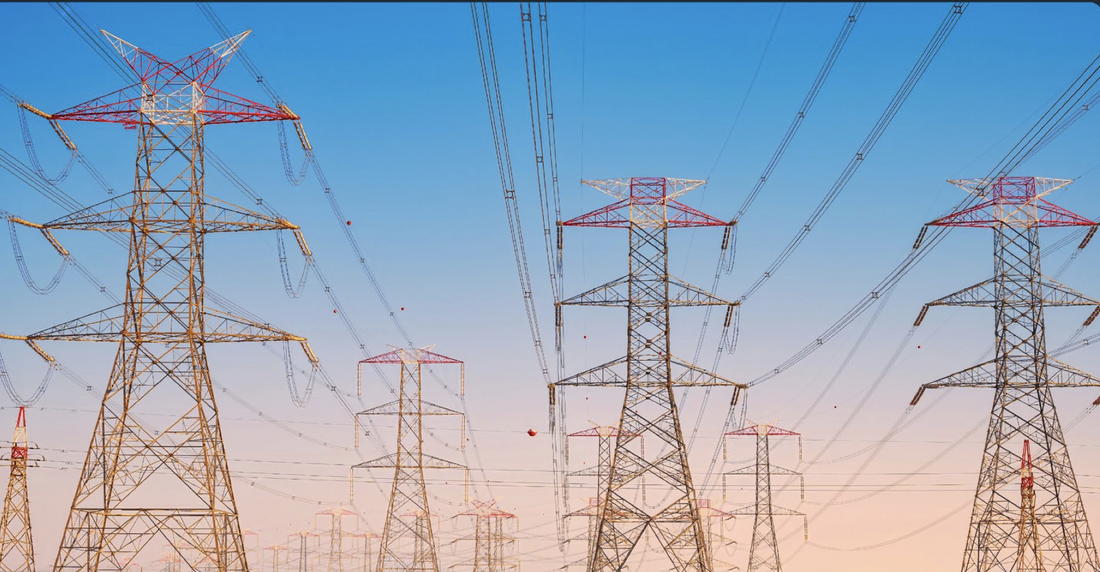
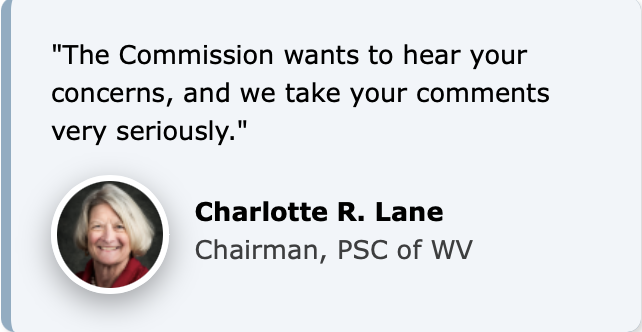

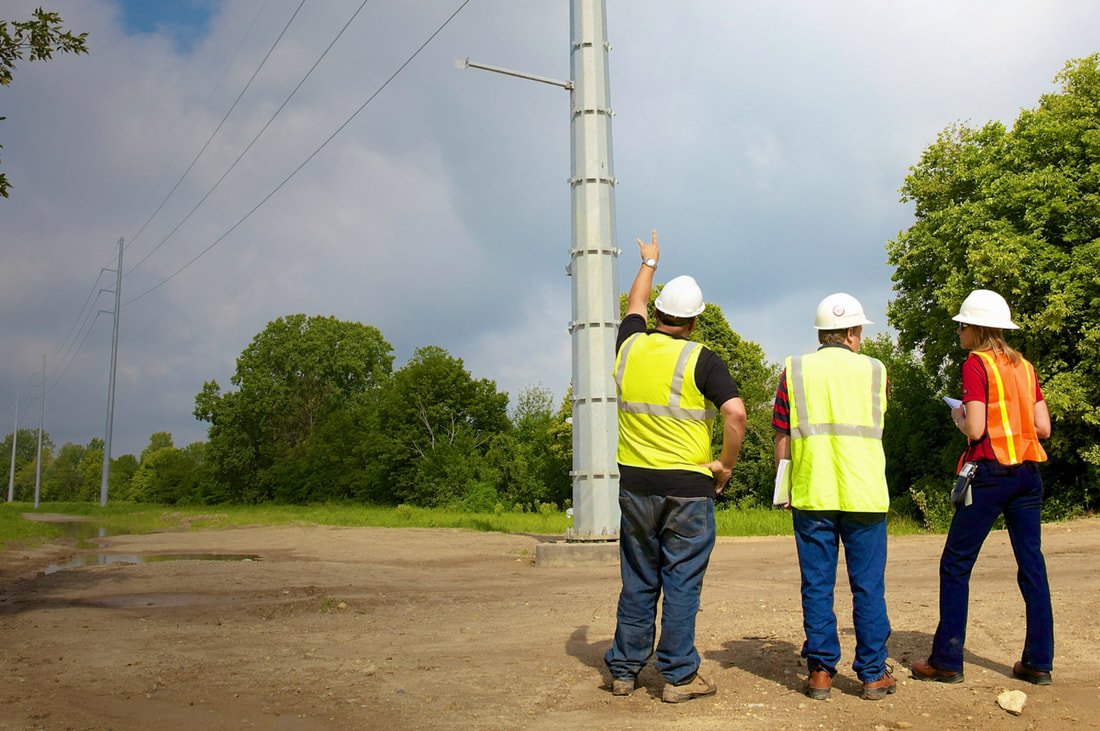
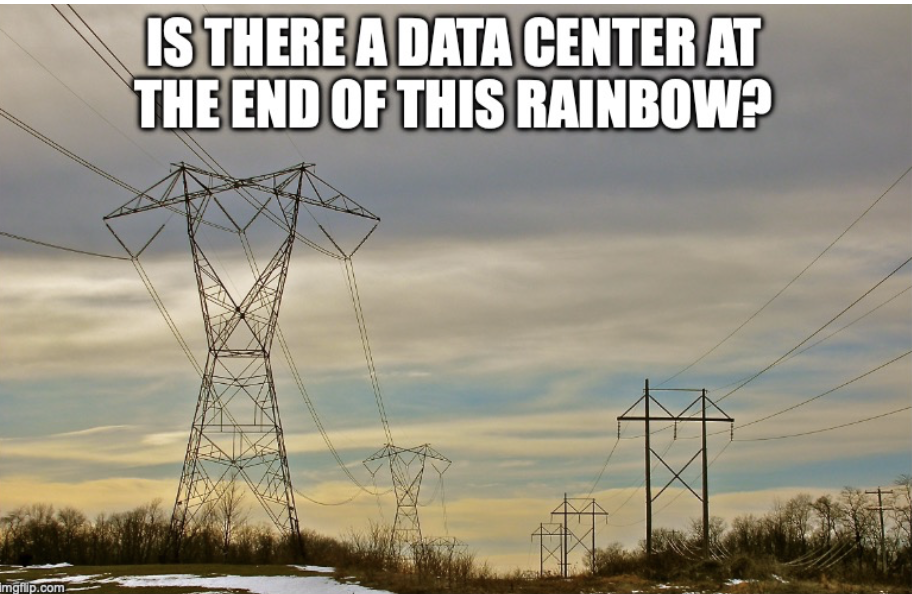
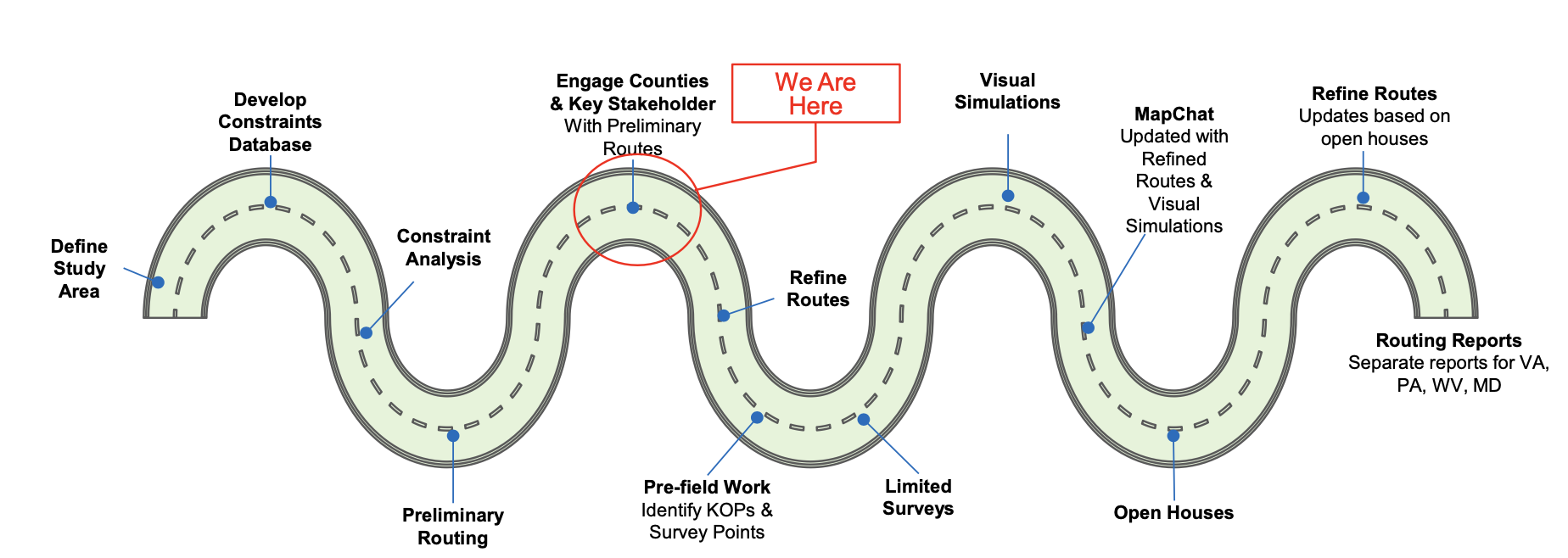
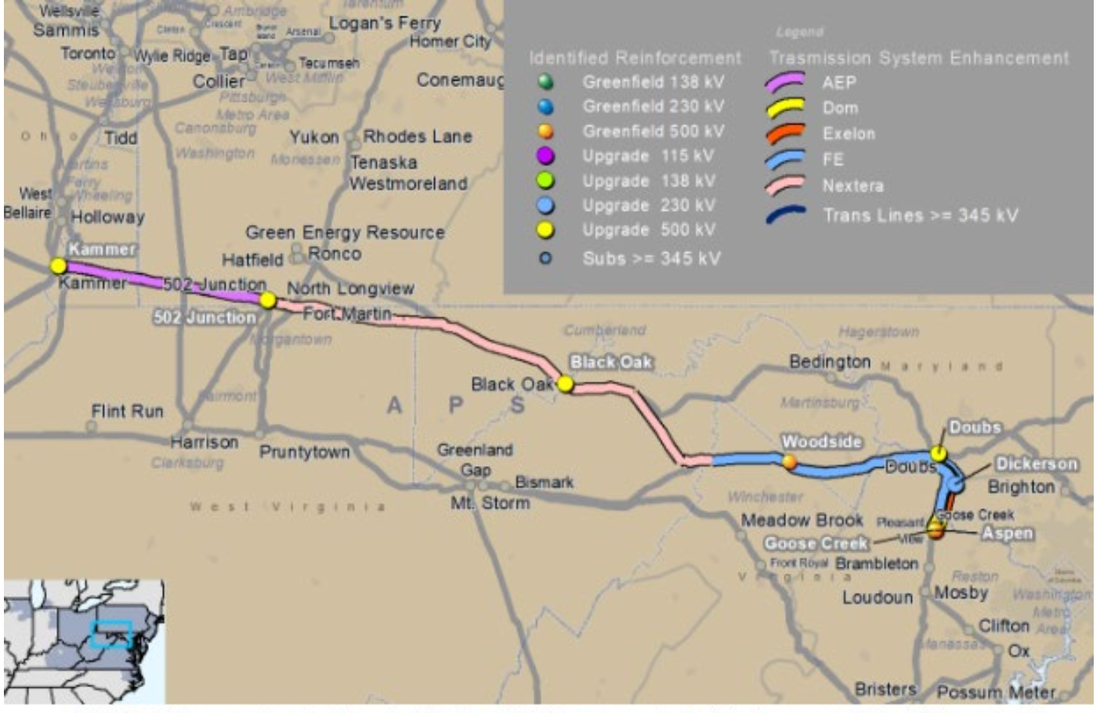
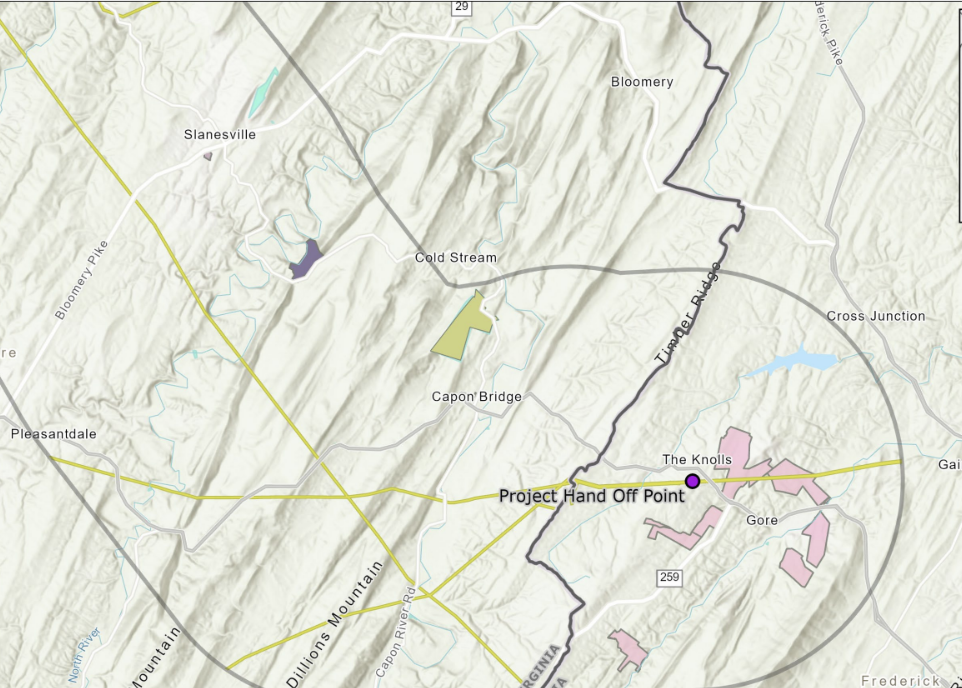
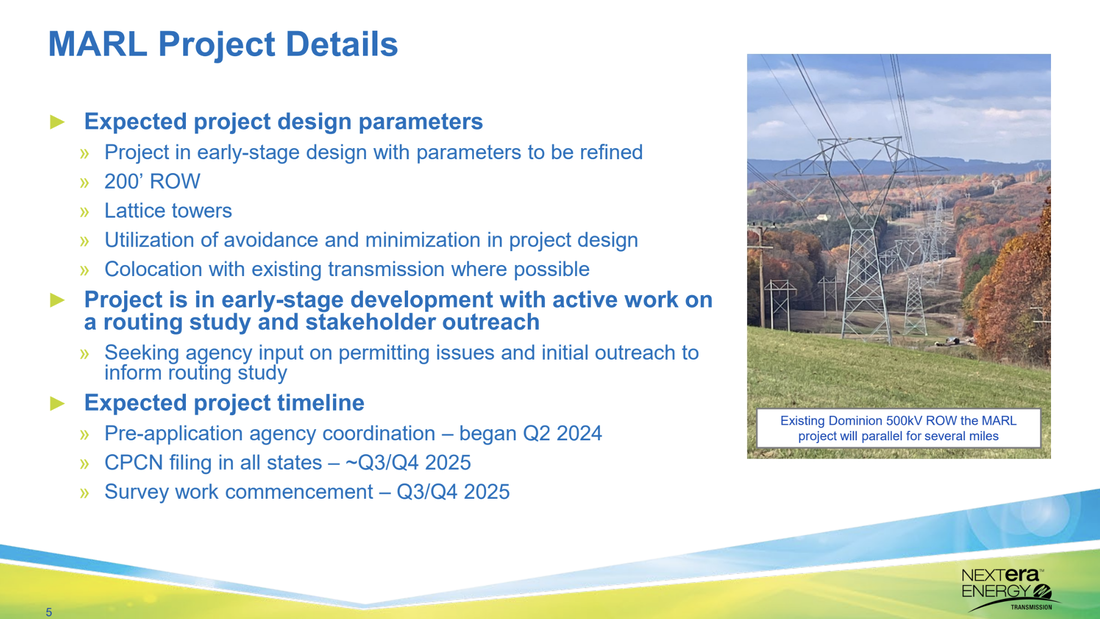

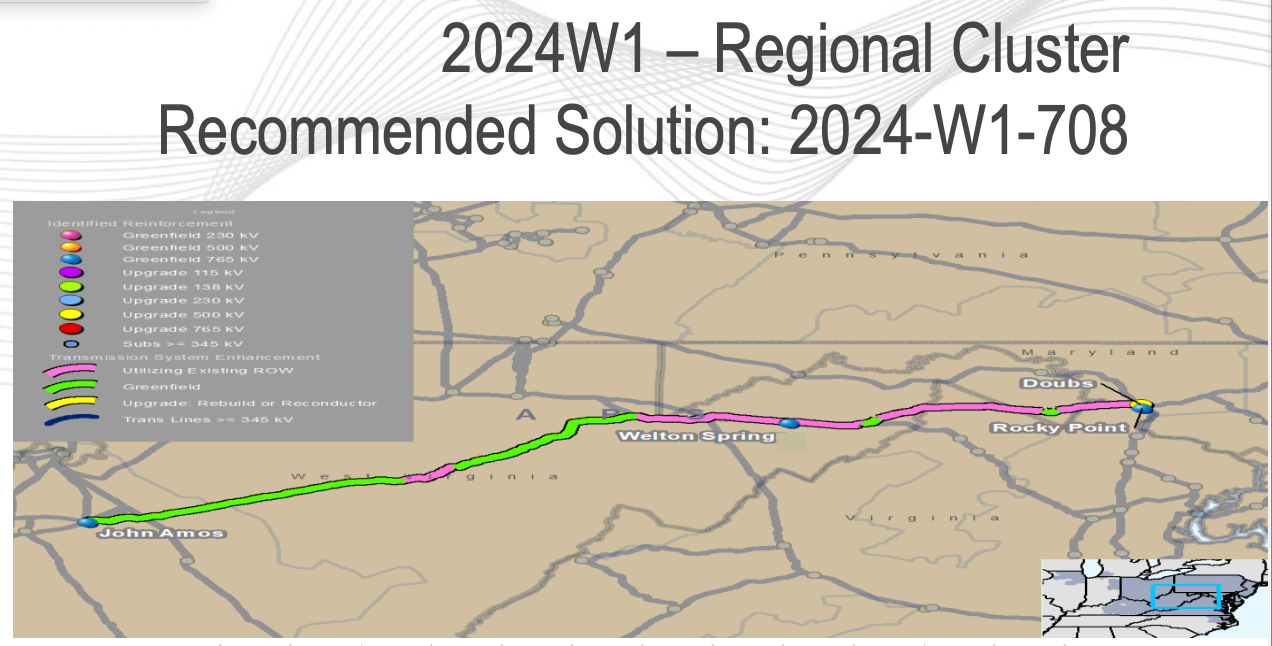

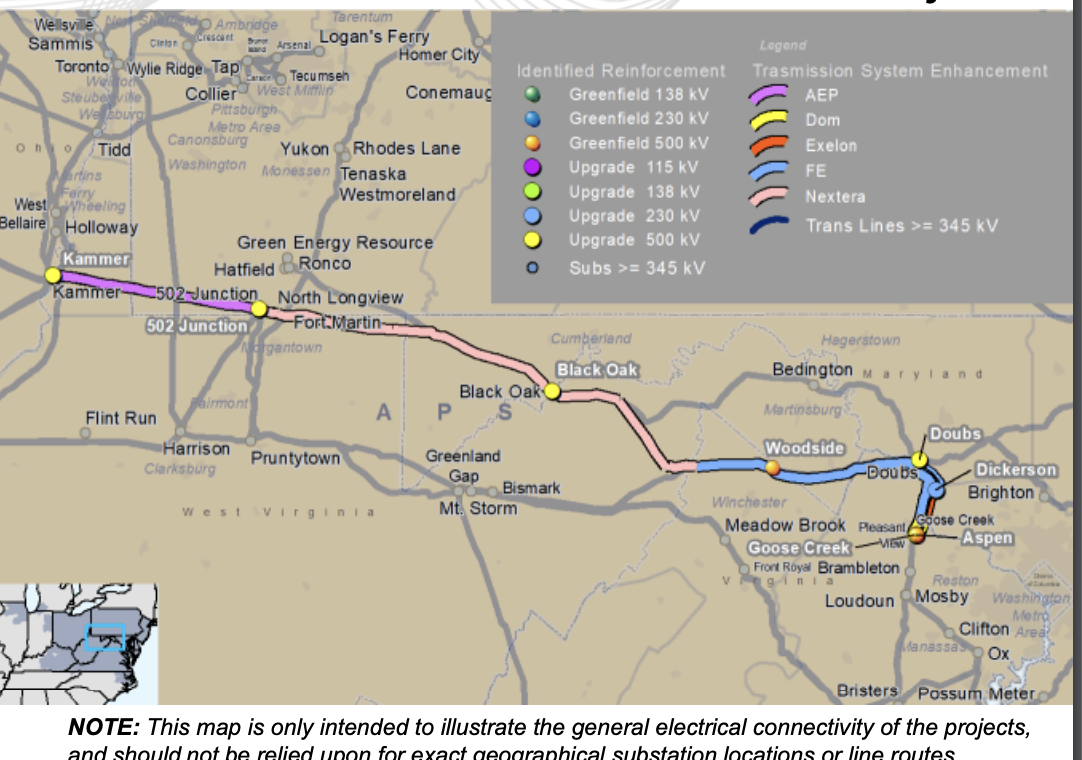
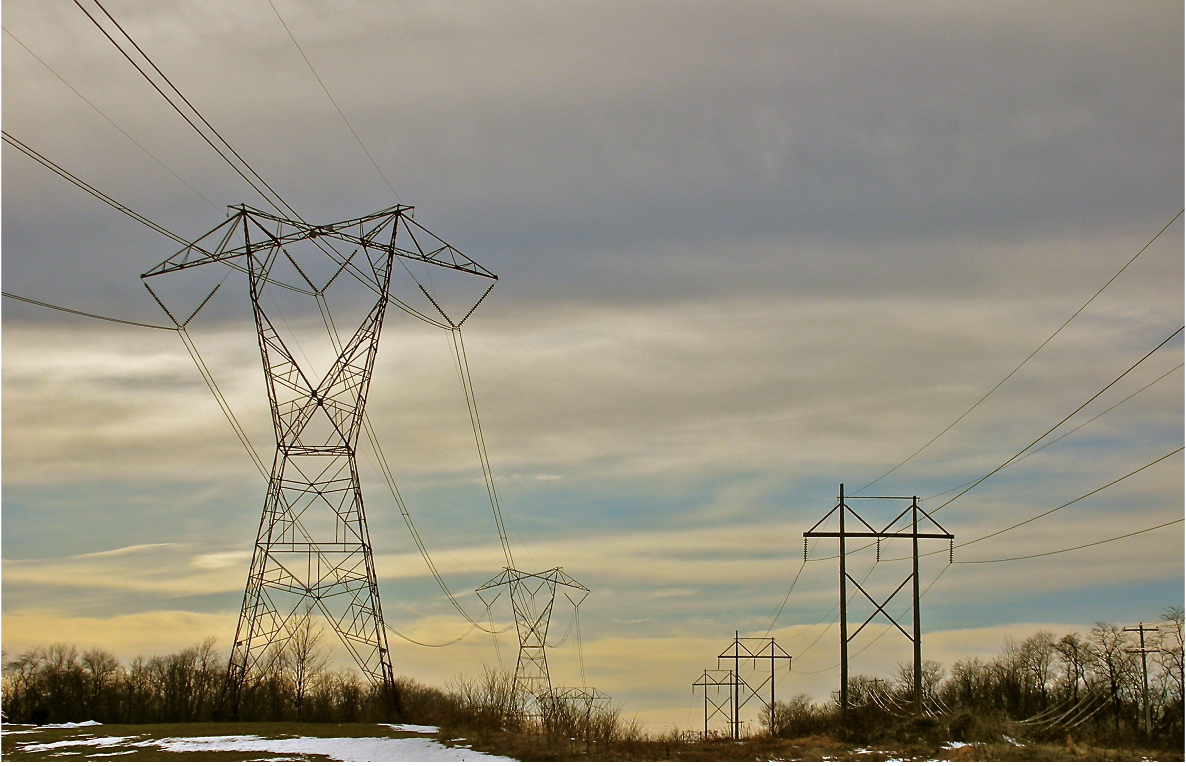
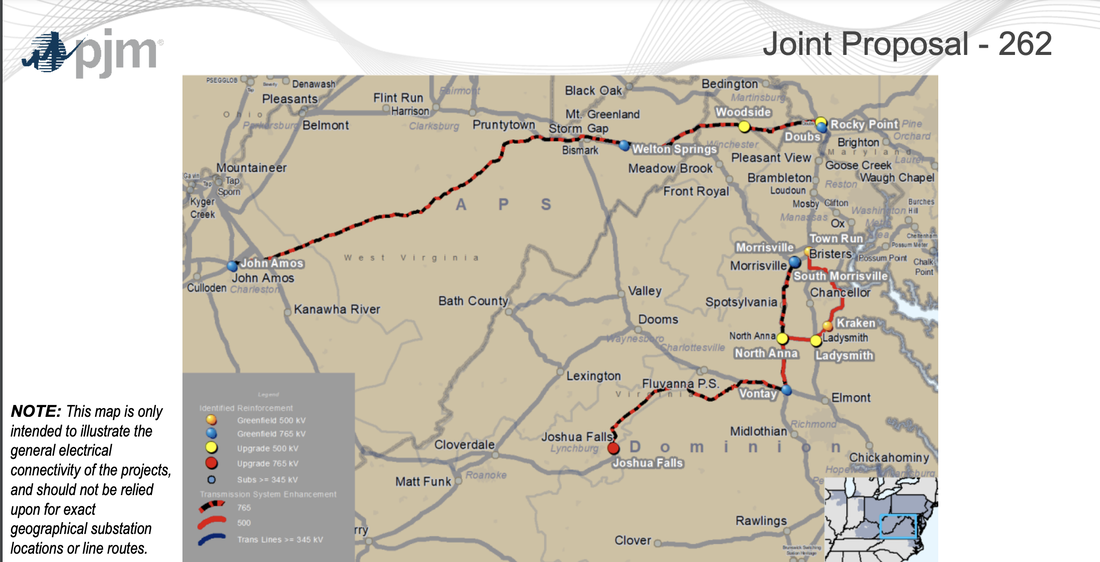
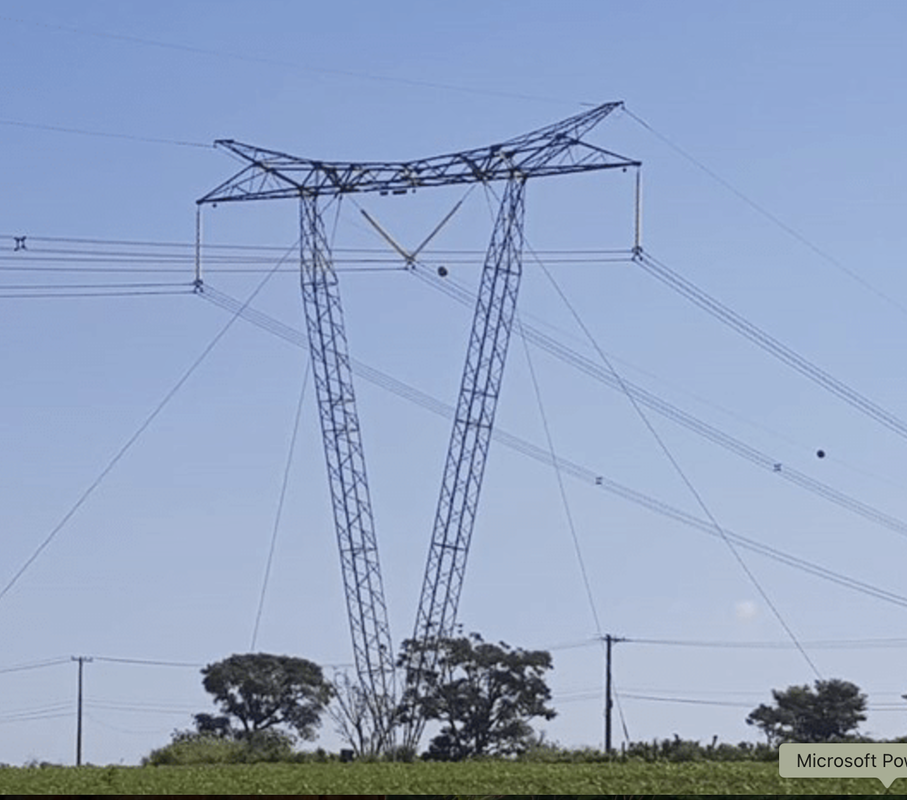
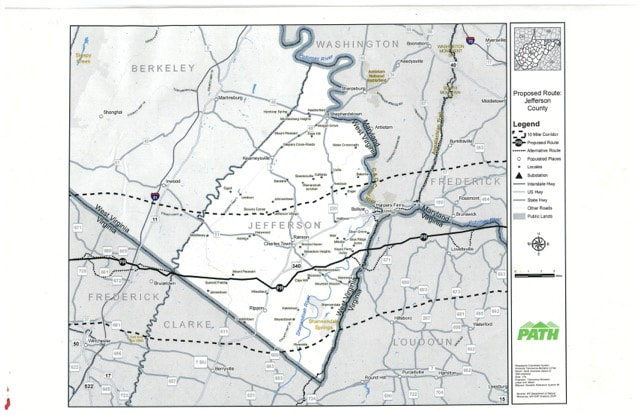
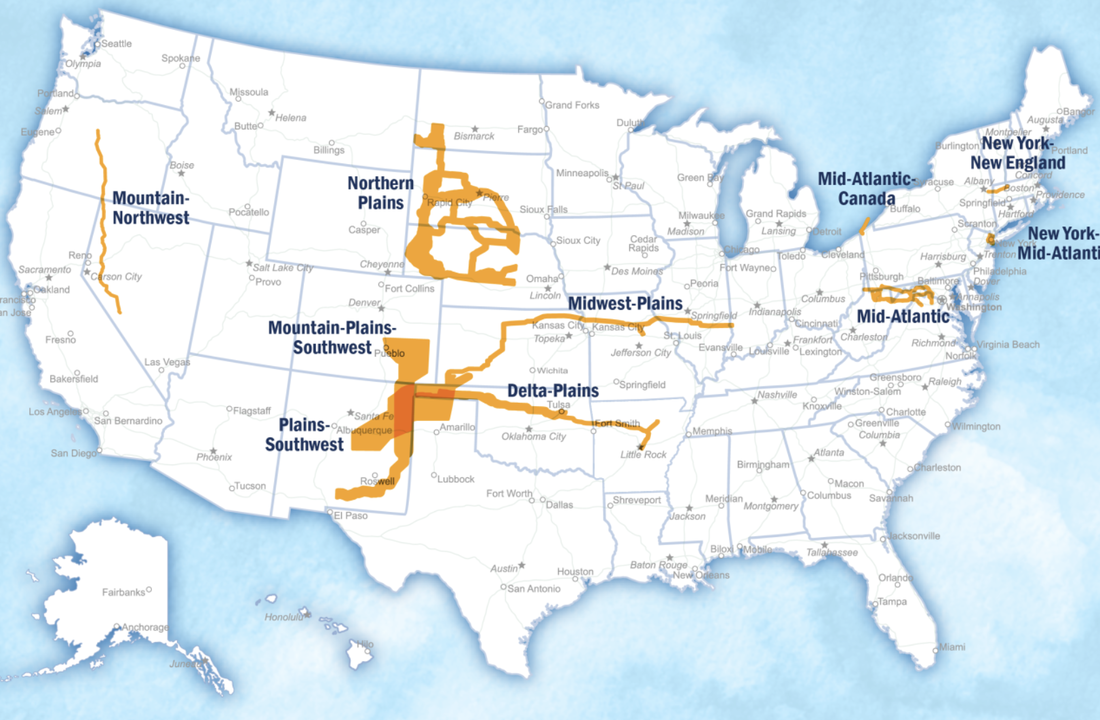
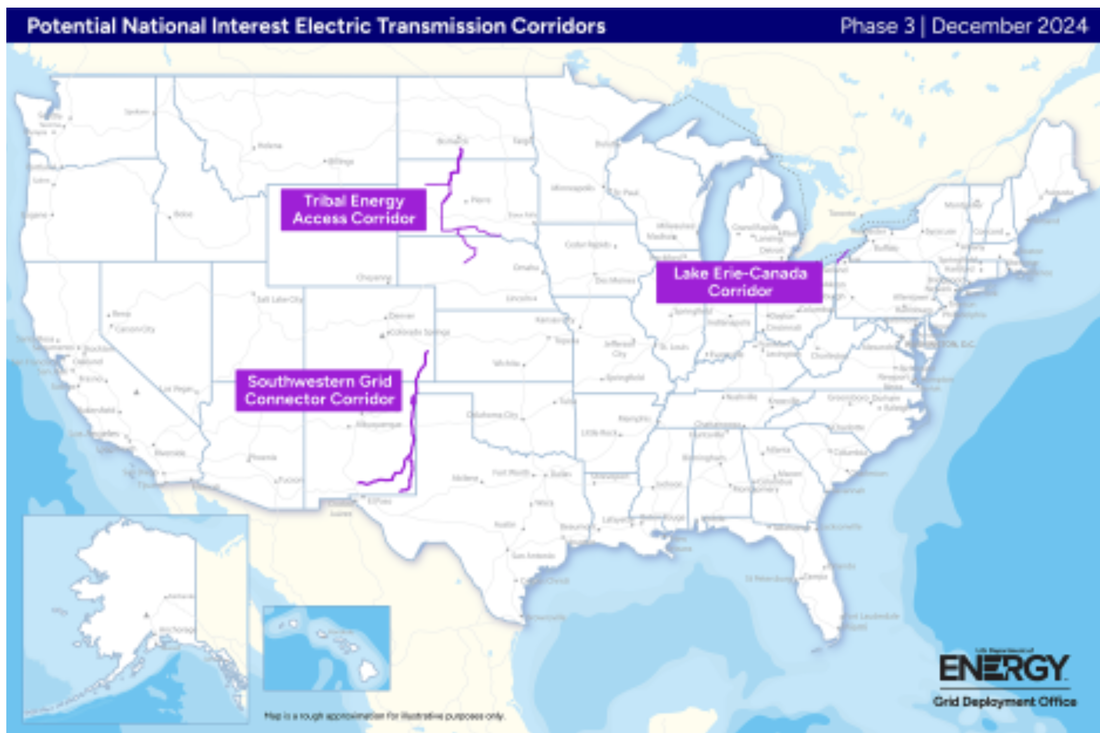
 RSS Feed
RSS Feed